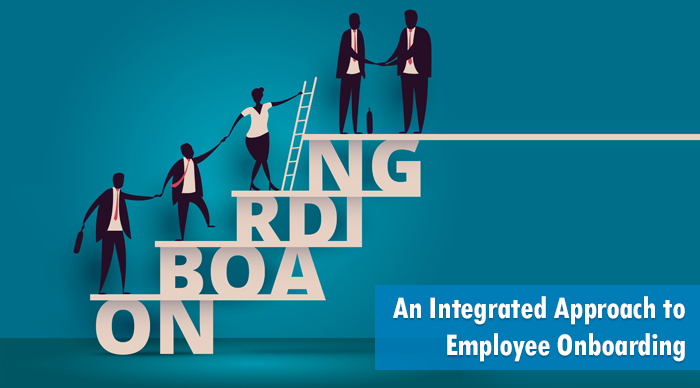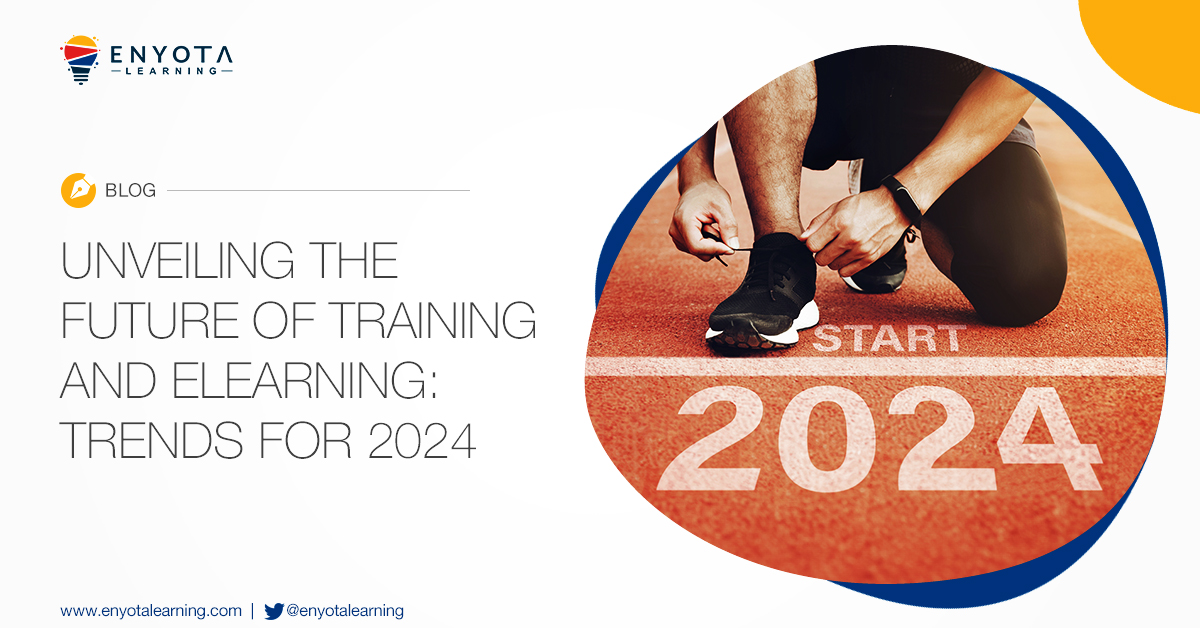It is interesting to note here that according to research, “69% of new employees are more likely to stay with a company for three years if they experienced great onboarding”. Another study suggests “Organizations with a standard onboarding process experience 50% greater new employeehire retention”. Empowering and enabling new hires becomes essential since the costs to recruit and train new employees are higher.
This is where onboarding becomes important. But what is more important is to create engaging onboarding experiences so that the new hires can adjust and adapt to the social and performance aspects of their designated job roles fast. This exercise is supposed to arm new hires with the right knowledge, behaviors, skills, and attitudes so that they can function with maximum efficiency once this process is over. So how can organizations make sure that their onboarding program is effective to achieve this? The answer may lie in taking an integrated approach.
Training
The training needs of junior employees are different from that of a senior level employee. Onboarding experiences are more engaging when tailored to help new employees understand how they fit into their new job roles. For example, senior level employees are aware of the nitty-gritty if working at an organization, but new employees may not! As a result, new employee onboarding must be more about the range of the company’s operations, their values, and the corporate culture. Onboarding new employees is a more comprehensive and detailed processes which includes outlining of roles, responsibilities, corporate culture, and helping employees understand where they fit into an organization and how their role contributes to the organization’s growth story. Taking a ‘one size fits all’ approach to onboarding seldom won’t contribute to the success of the onboarding program.
Tools and Processes
Leveraging the right tools and processes helps streamline the employee onboarding program and provide a more integrated and engaging experience by making it the onboarding activity more organized. Using these tools, HR managers can ensure the onboarding checklist they have created is being completed and is on schedule. The roadmap for the onboarding journey should always be optimized and communications with the new hire and the team is prioritized. These tools are also leveraged to give new employees access to corporate content and knowledge repositories to enable self-service.
It also helps when you have a structured process in place to optimize the onboarding experience. This ensure that the new hires are not jumping through hoops trying to figure out the next steps. When processes are structured, comprehensive, clear, and easy to access during onboarding exercises, it allows the new employee to hit the ground running. And in case they fall, they know which process will help them stand up and reclaim their space. Using the right tools, new employees can absorb information when they want and show them where to find the right information.
Data-Driven
Today, we can only manage what we measure. With a sea of data at our disposal, switching to data-based decision making can become easier. It is now essential to measure the success of training initiatives to ensure that it achieves its purpose. By leveraging the data generated by training initiatives, organizations can measure and then proactively manage the learning gaps. Data also helps in creating contextual training material, one that is more targeted, specific and hence helps in better knowledge absorption.
You never get a second chance to make a first impression. With data at your disposal, you can create a great first impression on the employee. Instead of giving them mountains of irrelevant material to consume, they can be exposed to just the things that will matter to them.
Personalized and Contextual
Talya Bauer, Ph.D., author of Onboarding New Employees: Maximizing Success says, “The faster new hires feel welcome and prepared for their jobs, the faster they will be able to successfully contribute to the firm’s mission.” Given that even our shopping experiences are personalized, why shouldn’t onboarding be the same? Personalization is the key to making an employee feel welcome and to help them understand what is expected of them. This helps them settle into their new roles in an organic manner. Personalized onboarding experiences increase employee engagement, reduce turnover of new employees, and helps to ramp up faster. This can help new employees become productive faster and can reduce new employee turnover.
Personalization also means acknowledging the learning needs of each individual as all have different learning preferences. Giving the new hires the freedom to consume the information in a device-agnostic manner ensures that all the content meant for consumption gets consumed.
Embracing technology to make your employee onboarding more integrated ensures greater clarity of information and sets a standard of quality for the new hires. We also have to consider the rising millennial population in the workplace and ensure that the onboarding processes resonate with them. Millennials want a structured way forward…they want to know with great clarity what is expected of them and what all they need to do to progress. Sticking to the traditional employee handbook to familiarize people with the organization is just not going to make the cut anymore. It’s time for a more integrated approach to new employee onboarding.
Our services
We provide custom eLearning development services for a range of training needs. Write to us at contact@enyotalearning.com or fill this contact form and we’ll get back to you. Or reach us at Abara LMS to test our learning management system.





